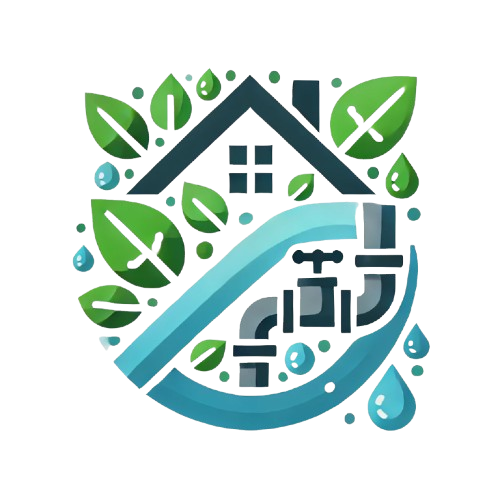Stormwater Management and Sustainable Drainage Solutions: Environmental Regulations in Canada
Stormwater management is a critical component of urban and suburban development in Canada. As cities expand and impervious surfaces like roads, sidewalks, and buildings increase, the natural absorption of rainwater into the ground diminishes, leading to stormwater runoff. Without proper management, this runoff can overwhelm drainage systems, cause flooding, erode landscapes, and carry pollutants into local water bodies. Sustainable stormwater management practices and drainage solutions are essential to mitigate these risks and meet environmental regulations designed to protect ecosystems, water quality, and public infrastructure. This article explores stormwater management regulations in Canada, sustainable drainage practices, and the best strategies to manage stormwater effectively.
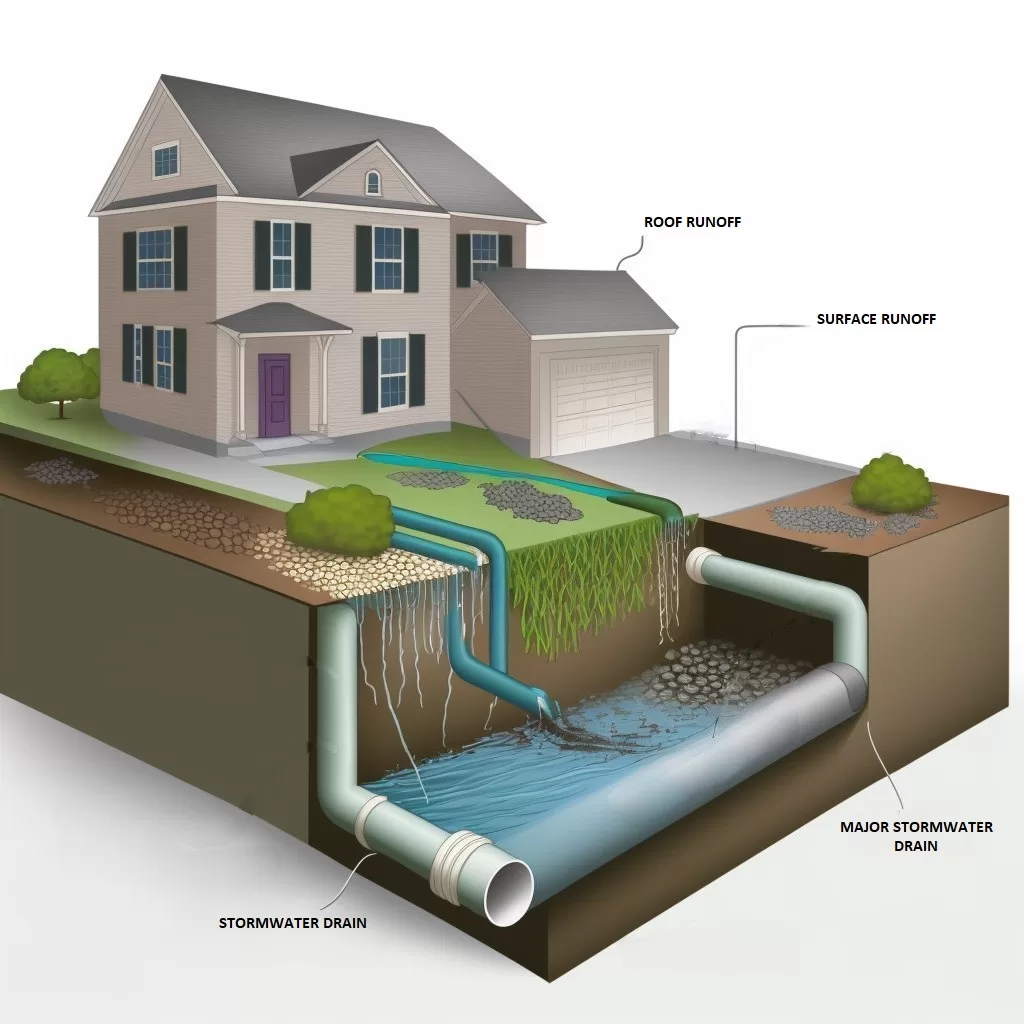
The Importance of Stormwater Management
Stormwater is rain or melted snow that runs off surfaces like roofs, roads, parking lots, and lawns. In natural environments, stormwater is absorbed by soil and vegetation, gradually filtering into waterways or replenishing groundwater. In developed areas, however, impervious surfaces prevent natural absorption, increasing the volume and speed of stormwater runoff. This can lead to several problems:
- Flooding: Excess stormwater can overwhelm drainage systems, leading to localized or even large-scale flooding.
- Water pollution: As stormwater flows over urban surfaces, it collects contaminants such as oil, chemicals, heavy metals, and sediments, which can be deposited into rivers, lakes, and oceans, harming aquatic life and water quality.
- Erosion: Fast-moving stormwater runoff can erode soil and landscapes, damaging ecosystems and infrastructure.
- Reduced groundwater recharge: With less water soaking into the ground, groundwater levels can decrease, affecting water supplies, especially in areas that rely on well water.
To address these challenges, Canadian environmental regulations and policies emphasize the need for sustainable stormwater management strategies.
Environmental Regulations Governing Stormwater Management in Canada
Stormwater management in Canada is regulated at multiple levels of government—federal, provincial, and municipal. These regulations are designed to protect water quality, reduce flooding risks, and encourage the use of sustainable drainage systems.
1. Federal Regulations
While stormwater management is primarily regulated by provinces and municipalities, the federal government sets overarching environmental protection standards. The Canadian Environmental Protection Act (CEPA) plays a role in stormwater management by controlling pollutants that may enter water bodies through runoff. CEPA regulations target the discharge of harmful substances into the environment, which indirectly impacts how stormwater systems are designed to prevent contamination.
Additionally, the Fisheries Act prohibits the deposit of deleterious substances into waters frequented by fish, including stormwater runoff that may carry pollutants. Municipalities are required to manage stormwater effectively to ensure compliance with federal laws protecting aquatic environments.
2. Provincial and Territorial Regulations
Each province and territory in Canada has its own set of regulations and guidelines for stormwater management. These regulations are often tied to broader water resource management strategies and environmental protection goals.
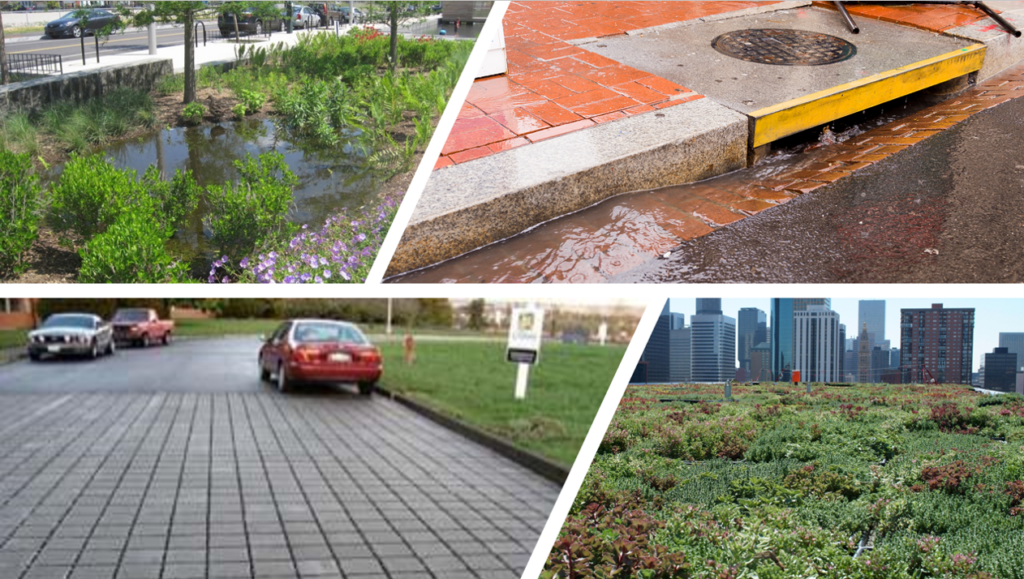
For example:
- Ontario: Ontario’s Environmental Protection Act regulates stormwater discharges, and municipalities must adhere to provincial guidelines that set limits on pollutants in stormwater. The province also promotes the use of Low Impact Development (LID) strategies to manage stormwater sustainably.
- British Columbia: BC’s Water Sustainability Act outlines the responsibilities of municipalities and developers to manage stormwater in ways that protect local watersheds and reduce the risk of flooding. The province emphasizes natural drainage solutions and the restoration of natural watercourses.
- Quebec: Quebec’s Environmental Quality Act requires municipalities to develop stormwater management plans that minimize the environmental impact of urban runoff. The province also enforces regulations on stormwater detention and the treatment of runoff before it reaches water bodies.
3. Municipal By-laws and Regulations
Municipal governments are responsible for implementing stormwater management practices on a local level. Most municipalities in Canada have their own by-laws regulating stormwater runoff from residential, commercial, and industrial properties. These by-laws often require property developers to submit stormwater management plans for new developments, detailing how runoff will be controlled, treated, and safely discharged.
Many cities have also introduced stormwater user fees or taxes, charging property owners based on the amount of impervious surface area on their property. This encourages the adoption of green infrastructure solutions that reduce runoff, such as permeable pavements, green roofs, and rain gardens.
Sustainable Stormwater Management Practices
Sustainable stormwater management focuses on controlling runoff at the source, using natural processes to slow, filter, and absorb stormwater. These practices reduce the burden on municipal drainage systems, prevent flooding, and protect water quality. Here are some key sustainable stormwater management practices and drainage solutions:
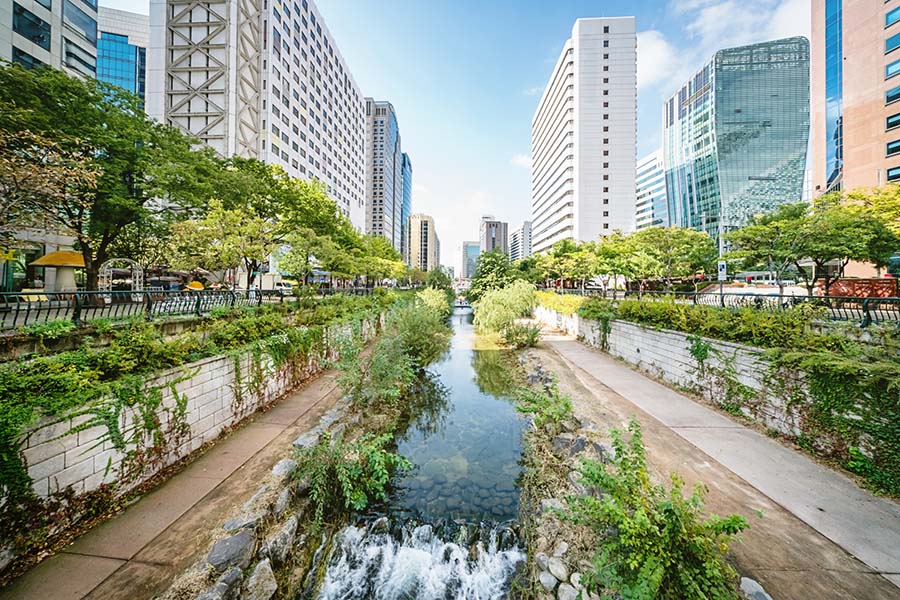
1. Low Impact Development (LID)
Low Impact Development (LID) is an approach to land development that minimizes the impact on the natural environment. LID techniques manage stormwater by mimicking natural hydrological processes, promoting the infiltration, evapotranspiration, and reuse of rainwater.
Key LID practices include:
- Green roofs: Roofs covered with vegetation absorb rainwater, reducing the amount of runoff. They also provide insulation, improve air quality, and reduce the urban heat island effect.
- Permeable pavements: Unlike traditional asphalt or concrete, permeable pavements allow water to seep through the surface and into the ground, reducing runoff and promoting groundwater recharge.
- Rain gardens: These shallow, vegetated areas collect and absorb stormwater from roofs, driveways, and other surfaces, allowing it to filter naturally into the soil.
- Bioswales: Bioswales are landscape elements designed to capture and convey stormwater while filtering out pollutants. They are typically lined with plants that help slow water flow and enhance filtration.
2. Rainwater Harvesting
Rainwater harvesting systems collect rainwater from roofs and store it for non-potable uses such as irrigation, toilet flushing, or car washing. This reduces the volume of stormwater runoff and can lower demand on municipal water supplies. In some municipalities, rainwater harvesting systems are encouraged or required as part of sustainable building practices.
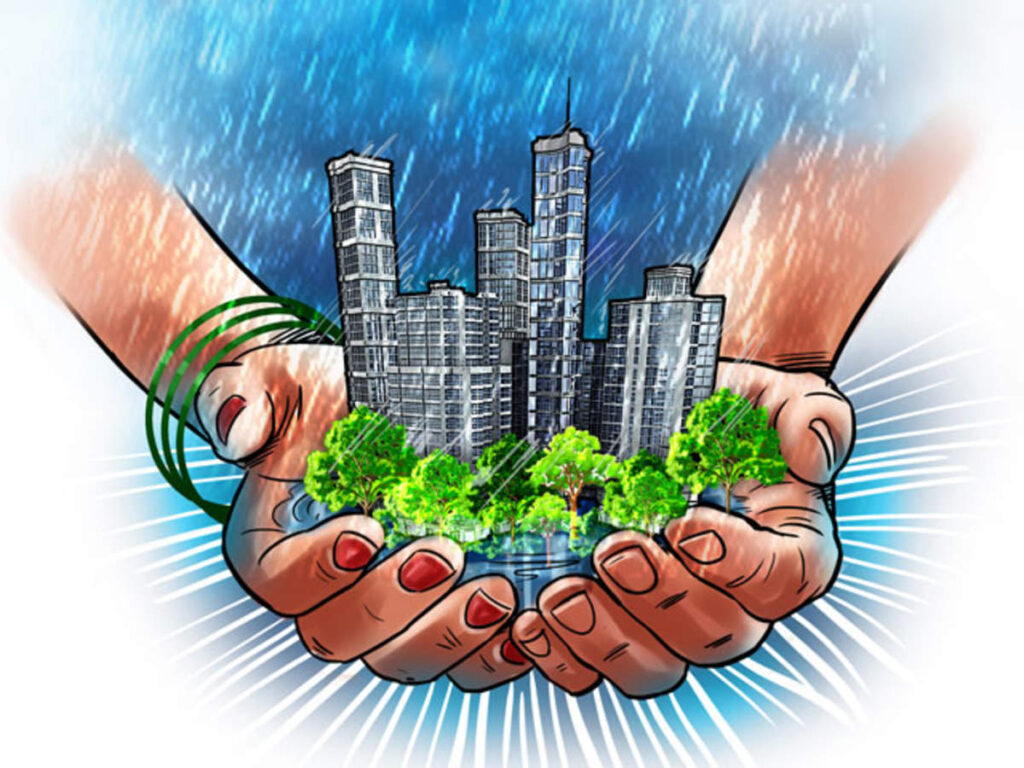
3. Detention and Retention Ponds
Detention ponds temporarily hold stormwater runoff, slowly releasing it into local watercourses or storm drains to prevent flooding. Retention ponds, on the other hand, are designed to permanently hold water, allowing it to infiltrate into the ground or evaporate over time. Both types of ponds reduce the risk of downstream flooding and can also improve water quality by allowing sediments and pollutants to settle before the water is discharged.
4. Constructed Wetlands
Constructed wetlands are engineered systems that mimic natural wetlands to treat stormwater. They provide a habitat for plants and wildlife while filtering pollutants from runoff through natural biological processes. Constructed wetlands are highly effective at improving water quality and can be integrated into urban landscapes as part of stormwater management systems.
5. Infiltration Systems
Infiltration systems, such as infiltration trenches and dry wells, are designed to capture stormwater and allow it to percolate into the ground, recharging groundwater supplies. These systems are particularly effective in areas with permeable soils, where natural infiltration can reduce the volume of stormwater reaching drainage systems.
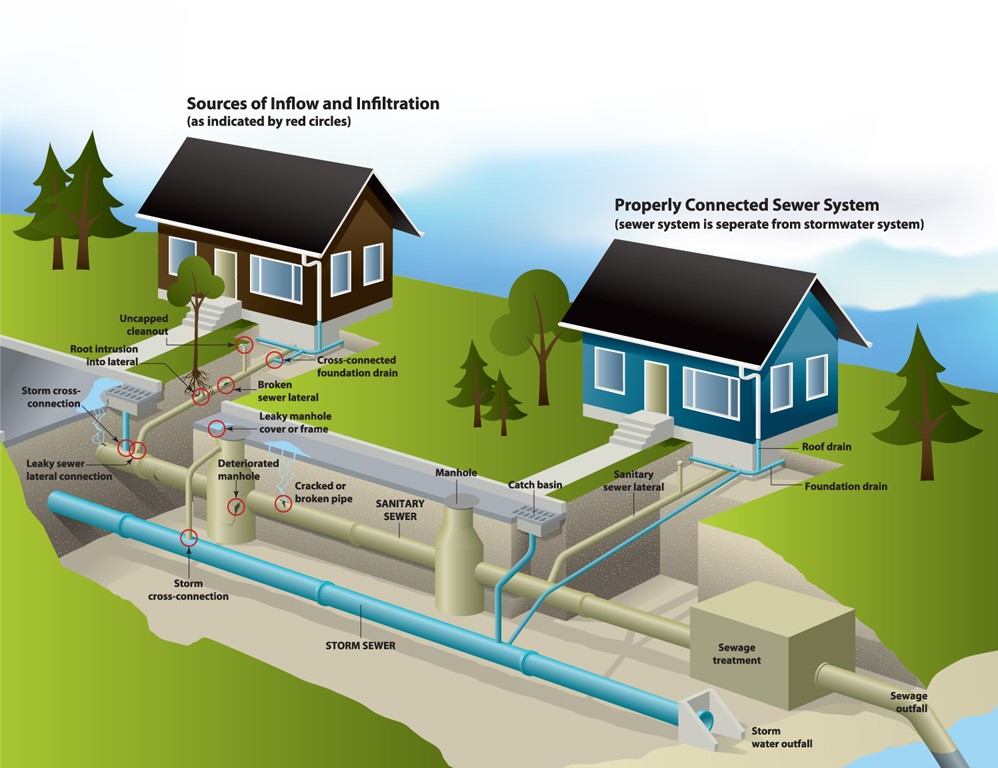
Benefits of Sustainable Stormwater Management
Sustainable stormwater management offers numerous environmental, social, and economic benefits, including:
- Flood risk reduction: By slowing and controlling stormwater runoff, sustainable practices help prevent flooding in urban and suburban areas, protecting properties and infrastructure.
- Improved water quality: Natural filtration processes remove pollutants from stormwater before it reaches rivers, lakes, or oceans, helping to protect aquatic ecosystems and drinking water sources.
- Groundwater recharge: Infiltration systems and permeable surfaces help replenish groundwater supplies, which are essential for drinking water, agriculture, and maintaining natural habitats.
- Enhanced urban aesthetics: Green infrastructure solutions, such as rain gardens, bioswales, and green roofs, add beauty to urban landscapes, provide green space, and improve air quality.
- Regulatory compliance: Implementing sustainable stormwater management practices ensures compliance with federal, provincial, and municipal regulations, reducing the risk of fines or legal challenges.
- Cost savings: By reducing the demand on municipal stormwater systems, sustainable practices can lower infrastructure maintenance costs and reduce the need for expensive stormwater treatment facilities.
Incentives and Funding for Sustainable Stormwater Solutions
To encourage the adoption of sustainable stormwater management practices, many Canadian municipalities offer incentives, grants, and rebates for property owners who implement green infrastructure solutions. These programs may include:
- Stormwater fee credits: Some municipalities, such as Toronto, offer credits to property owners who reduce runoff through green infrastructure, lowering their stormwater management fees.
- Green building grants: Many cities and provinces provide grants for installing green roofs, permeable pavements, and rainwater harvesting systems as part of broader green building programs.
- Federal infrastructure funding: Through the Investing in Canada Infrastructure Program (ICIP), the federal government provides funding to municipalities for stormwater management projects that improve resilience to climate change and protect water resources.
Conclusion
Effective stormwater management is essential for protecting Canada’s cities, ecosystems, and water resources. By integrating sustainable drainage solutions such as Low Impact Development, rainwater harvesting, and green infrastructure, municipalities and property owners can reduce the environmental impact of urban runoff, improve water quality, and mitigate the risks of flooding. Adhering to environmental regulations and embracing innovative stormwater management practices not only ensures compliance with government standards but also contributes to more resilient and sustainable communities.
